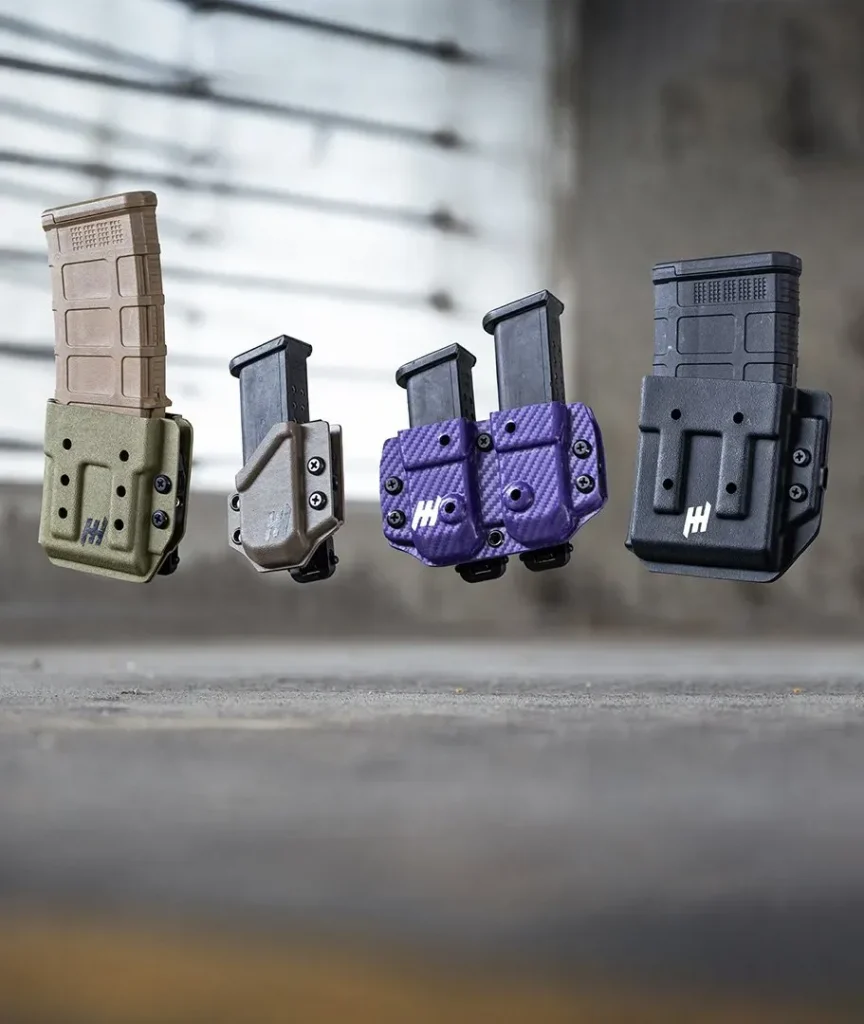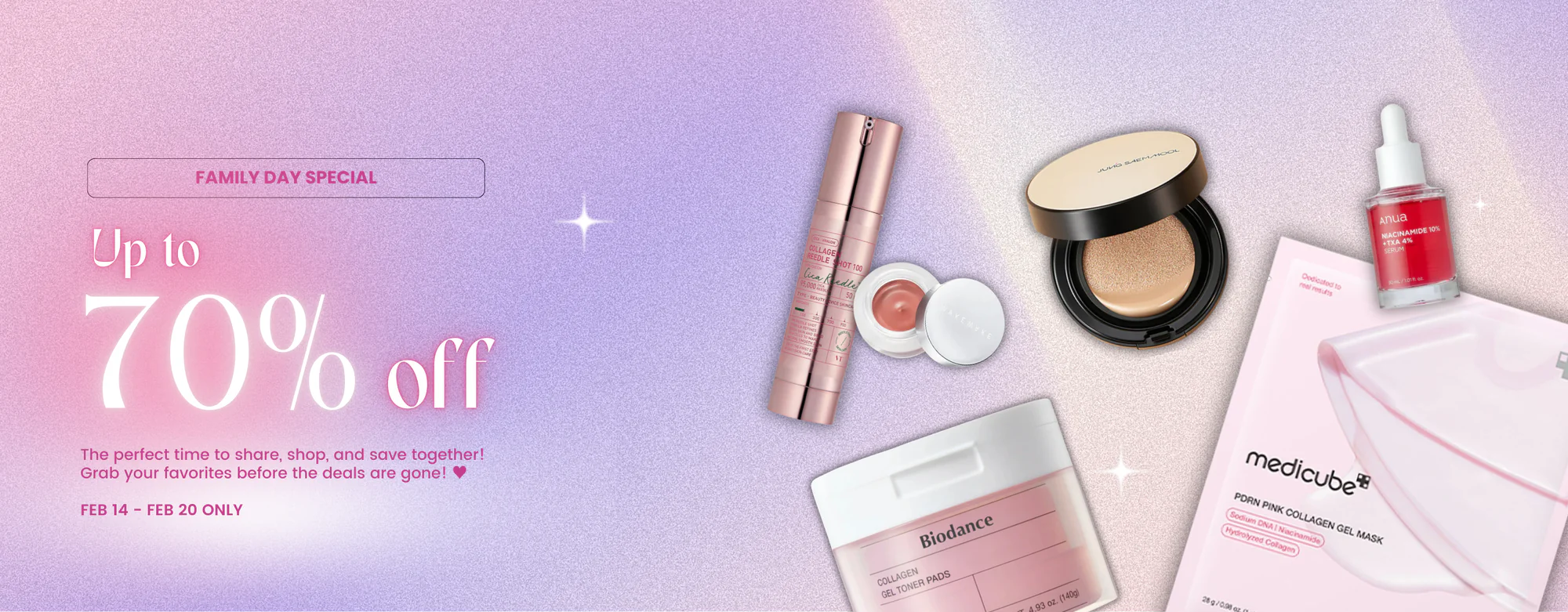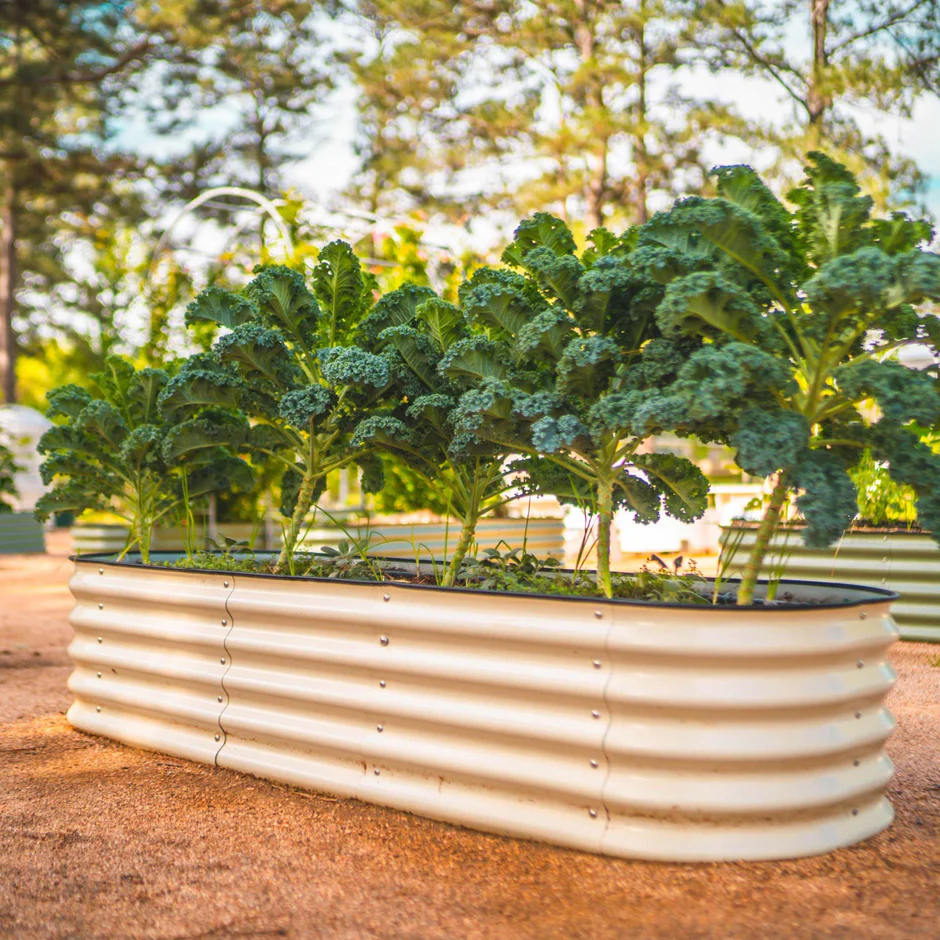
Congratulations on taking the significant and responsible step of becoming a new firearm owner. You’ve likely spent considerable time researching the right handgun, understanding the laws in your state, and committing to proper training. But now you face a decision that is equally, if not more, critical to your safety and effectiveness: choosing your first holster. Walking into the world of holsters can feel overwhelming. You’re bombarded with a dizzying array of styles, materials, acronyms, and opinions. It’s easy to get lost or, worse, make a poor choice based on looks or a low price tag. An improper holster isn’t just an inconvenience; it can be a serious liability. That’s why it’s essential to consider quality options like Havok Holsters, known for their reliability and design tailored to meet the needs of new firearm owners.
This guide is here to cut through the noise. We’ve created the definitive beginner’s guide to holsters for 2025, designed to give you a clear, straightforward checklist. Our goal is to demystify the process and empower you with the knowledge to select a safe, comfortable, and effective first gun holster. By the end of this article, you’ll understand the essential criteria for how to choose a holster and why a brand like Havok Holsters is trusted by so many who are new to concealed carry.
The Foundation of Safety: Why Your First Holster is Your Most Important Gear Purchase
Before we get into the checklist, let’s establish a foundational truth: a holster is not an accessory. It is a critical piece of safety equipment. A quality holster has three non-negotiable jobs, and if any one of them fails, the entire system fails.
- Securely Retain the Firearm: The holster must hold your handgun firmly in place during all normal and strenuous activity. Whether you’re walking, bending over, or even running, your firearm should not shift or fall out.
- Completely Cover the Trigger Guard: This is the most crucial handgun safety feature of any holster. The trigger guard must be fully encased in rigid material to prevent anything from accidentally engaging the trigger. A flimsy holster or one with an exposed trigger guard is an accident waiting to happen.
- Provide a Consistent and Unimpeded Draw: While holding the gun securely, the holster must also allow you to get a firm, consistent grip and draw the firearm smoothly when you need to. Your hand should be able to index in the same place every time, building critical muscle memory.
Viewing the holster through this safety-first lens changes your perspective. You’re no longer just looking for a “gun bucket”; you’re looking for a purpose-built safety system. This is the philosophy behind premium manufacturers like Havok Holsters, a company that engineers its products around these core principles of safety, retention, and accessibility, making them an ideal starting point for anyone embarking on their concealed carry for beginners journey.
The 2025 Holster Checklist: 4 Crucial Factors for New Owners to Consider with Havok Holsters
Ready to find the perfect holster? Let’s walk through the four essential factors you need to consider. Think of this as your personal checklist to evaluate any potential holster.
1. Carry Position: The IWB vs OWB Holster Debate with Havok Holsters
The first question you need to answer is how you plan to carry your firearm. The two most common methods for carrying on your hip are IWB and OWB.
- IWB (Inside the Waistband): Just as the name implies, an IWB holster clips to your belt and sits inside your pants.
- Pros: This method offers the highest level of concealment, as the bulk of the firearm and holster is hidden below your beltline, covered by a garment like a shirt or jacket. This is the cornerstone of most concealed carry basics.
- Cons: It can take some getting used to in terms of comfort, and you may need to wear pants that are one size larger to accommodate the holster. Answering the question what is an IWB holster is the first step for most new concealed carriers.
- OWB (Outside the Waistband): An OWB holster slides onto your belt and sits on the outside of your pants.
- Pros: Generally considered more comfortable as there is nothing between you and your pants. It can also allow for a slightly faster and easier draw.
- Cons: It is significantly more difficult to conceal. This method typically requires a long, heavy outer garment like a jacket or an un-tucked button-down shirt to avoid printing (the firearm’s outline showing through clothing).
For new carriers, starting with a strong-side hip position (around the 3 o’clock position for a right-handed shooter) is highly recommended for both safety and ease of learning. Whether you choose IWB or OWB depends on your lifestyle, body type, and state laws. Fortunately, premier brands like Havok Holsters offer meticulously crafted options for both carry styles, ensuring you don’t have to compromise on quality regardless of your choice.
2. Material Matters: Kydex vs Leather Holsters and the Havok Holsters Advantage
The material your holster is made from directly impacts its safety, durability, and performance. The primary debate here is kydex vs leather.
- Leather: The traditional choice.
- Pros: Can be very comfortable once it’s broken in and molded to your body. It has a classic aesthetic that many people appreciate.
- Cons: Leather requires a break-in period. More importantly, over time, leather can soften, lose its shape, and absorb moisture. A softened leather holster may collapse after you draw the firearm, making re-holstering difficult and unsafe. In a worst-case scenario, it can deform and depress the trigger.
- Kydex: A modern thermoplastic.
- Pros: Kydex is rigid, waterproof, and extremely durable. It does not require a break-in period. Its rigidity means it will not collapse, allowing for safe and easy one-handed re-holstering. It provides excellent retention, often with a distinct “click” as the firearm locks into place.
- Cons: It is less flexible than leather, which some users may find less initially comfortable against the body (though good design mitigates this).
For new gun owners, the verdict is clear: Kydex is the superior choice. Its inherent rigidity, consistent performance, and unwavering safety characteristics provide a level of reliability that is essential when you are building your skills. This is why Havok Holsters specializes in custom-molded Kydex holsters. They provide that predictable, safe performance from day one, every time you holster your firearm.
3. Retention: Securing Your Firearm
Retention refers to how the holster holds onto the gun. This is a critical safety feature that prevents your firearm from being taken from you or simply falling out. There are different holster retention levels.
- Level 1 (Passive Retention): This is the most common type for concealed carry. Retention is achieved through friction and a precise fit. In a quality Kydex holster, this is finely tuned. The holster is molded to the specific contours of your firearm, and the “click” you hear is the trigger guard snapping into a perfectly molded detent. Many high-quality holsters, including those from Havok Holsters, feature an adjustable retention screw. This allows you, the user, to tighten or loosen the grip on the firearm to match your personal preference for draw resistance.
- Level 2 & 3 (Active Retention): These systems require you to deactivate a mechanism—like a thumb break, a strap, or a push-button release—before you can draw the firearm. These are typically used in open carry or law enforcement duty holsters where the risk of a “gun grab” is higher.
For the vast majority of new concealed carriers, a high-quality Level 1 Kydex holster with adjustable passive retention is the gold standard. It provides excellent security for everyday activities while allowing for a fast, unimpeded draw when needed.
4. Comfort & Concealment
This final point is deceptively simple: if a holster isn’t comfortable, you won’t wear it. And a holster left in a drawer is completely useless. Comfort is the key that unlocks consistency.
Look for design features that enhance comfort and concealment:
- Smoothed Edges: All edges should be rounded, polished, and free of sharp points that could dig into your side.
- Sweat Guard: A full sweat guard is a piece of Kydex that extends up the back of the holster, creating a barrier between the firearm’s slide and your body. This protects the gun from corrosive sweat and protects you from an uncomfortable cold (or hot) slide against your skin.
- Concealment Claw/Wing: This small attachment is a game-changer for IWB holsters. It uses the pressure from your belt to push the grip of the firearm in closer to your body, dramatically reducing printing and making the gun seem to disappear.
These are not afterthoughts; they are hallmarks of a well-designed holster. Companies like Havok Holsters build these ergonomic features into their products from the ground up because they understand what it takes to carry a firearm all day. This attention to detail is what makes them a top contender for the best holster for new gun owners.
Why Havok Holsters is the Top Choice for Your First Gun Holster
Navigating the world of holsters as a new owner can be a daunting task, but it doesn’t have to be. By using the checklist above—evaluating Carry Position, Material, Retention, and Comfort—you can systematically find the right option for you.
When you apply this checklist to the products available, a brand like Havok Holsters consistently rises to the top. They excel in every category critical to a new carrier:
- Safety-First Material: They specialize in high-quality, perfectly molded Kydex that guarantees trigger protection and reliable performance.
- Purpose-Built Designs: They offer a full range of superior IWB and OWB holsters tailored to a vast number of specific firearm models, ensuring a perfect fit.
- Adjustable Retention: Their use of adjustable retention gives you control over your draw, allowing you to build confidence and skill.
- All-Day Comfort: Thoughtful design with smoothed edges, full sweat guards, and concealment claws means you’re getting a holster you will actually wear.
Your Path to Responsible Carry Starts Now
Choosing your first gun holster is one of the most important decisions you’ll make as a new firearm owner. It’s a decision that should be driven by an uncompromising commitment to safety, functionality, and the practicality of daily use. Armed with the knowledge from this guide, you are now fully equipped to make a confident and informed choice.
Your journey into responsible firearm ownership is a continuous process of learning and training, and it deserves to be built on a foundation of the best possible equipment. Don’t compromise on the gear that is most critical to your safety.
Explore the full collection at Havok Holsters to find the perfect, American-made holster for your firearm. And before you complete your first critical gear purchase, be sure to visit our coupon page to get the best possible deal.

